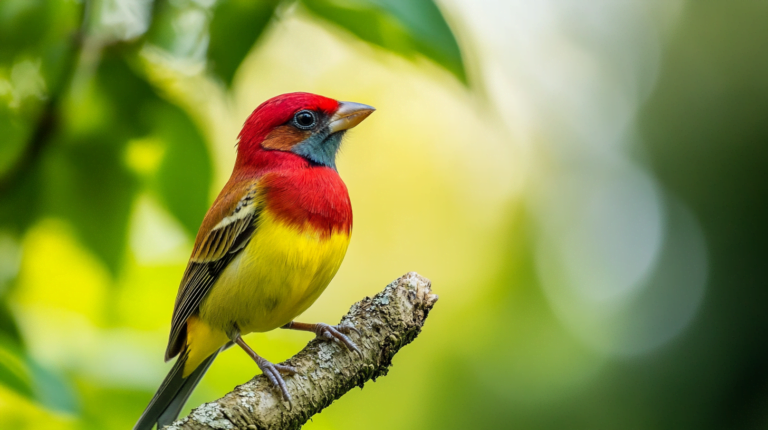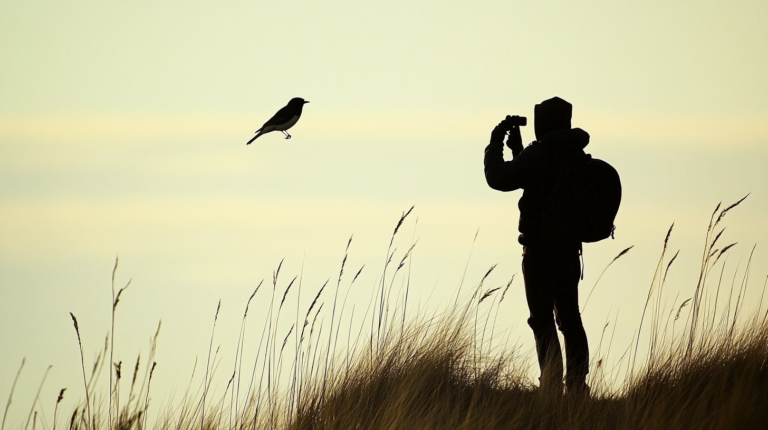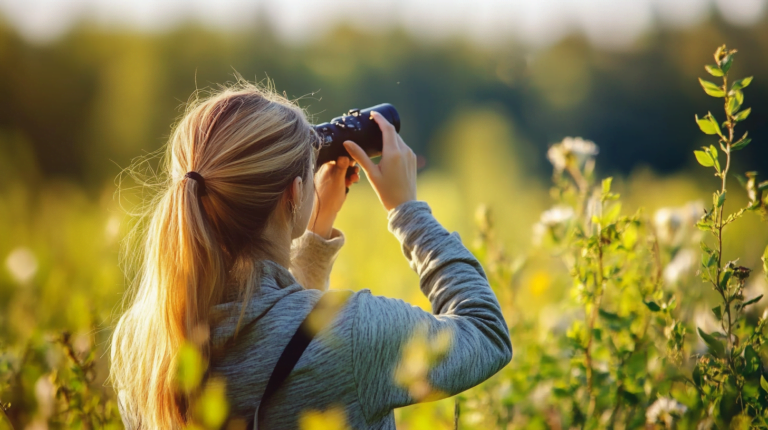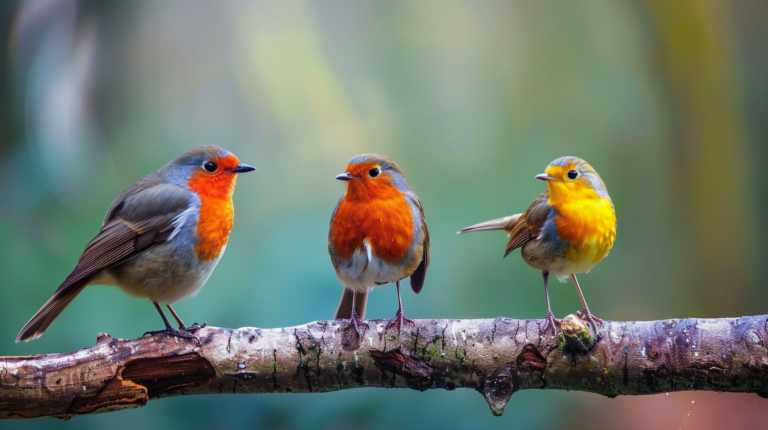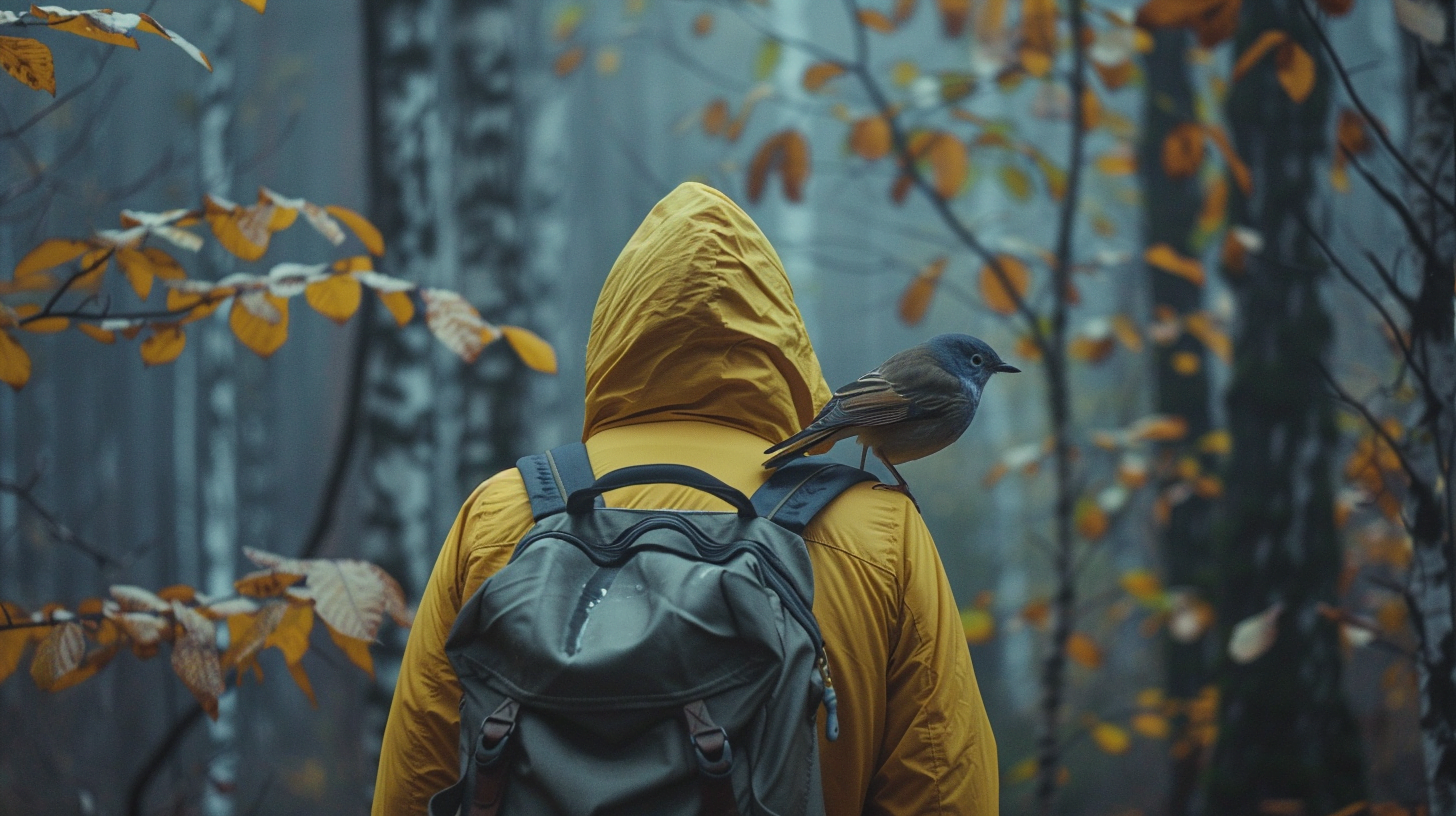
Table of Contents
Bird watching, or birding, is a delightful hobby that connects you with nature and offers endless opportunities for discovery. Whether you’re a seasoned birder or a curious beginner, knowing where to go bird watching can significantly enhance your experience. This comprehensive guide will help you explore the best bird watching locations, gear, and tips to make the most of your birding adventures.
What is Bird Watching?
Understanding Bird Watching
Bird watching is the observation of birds in their natural habitats. Unlike ornithology, which is the scientific study of birds, bird watching is often pursued as a recreational activity. The hobby gained popularity in the 20th century, thanks to advancements in optical aids like binoculars, which allowed enthusiasts to observe birds without harming them. Bird watching offers numerous benefits, including mental relaxation, physical activity, and educational value.
Essential Bird Watching Gear
Must-Have Bird Watching Equipment
Binoculars
A good pair of binoculars is essential for bird watching. Look for binoculars with a magnification of 7x to 10x and an objective lens diameter of 35mm to 50mm. These specifications provide a good balance between magnification and light-gathering ability.
Field Guides and Apps
Field guides are crucial for identifying bird species. Popular guides include the Sibley Guide to Birds and the Peterson Field Guide to Birds of North America. Apps like Merlin Bird ID and eBird can also enhance your birding experience by providing audio recognition and location-based sightings.
Notebooks and Journals
Keeping a birding journal helps you track your sightings and improve your identification skills. Note the date, location, weather conditions, and any unique behaviors you observe.
Cameras and Spotting Scopes
For those interested in bird photography, a camera with a fast shutter speed and a good zoom lens is essential. Spotting scopes are useful for observing distant birds, especially in open habitats like wetlands and coastlines.
Additional Gear
Other useful tools include bird feeders, bird baths, and a comfortable backpack to carry your gear. A birding vest with multiple pockets can also be handy for storing small items like field guides and notebooks.
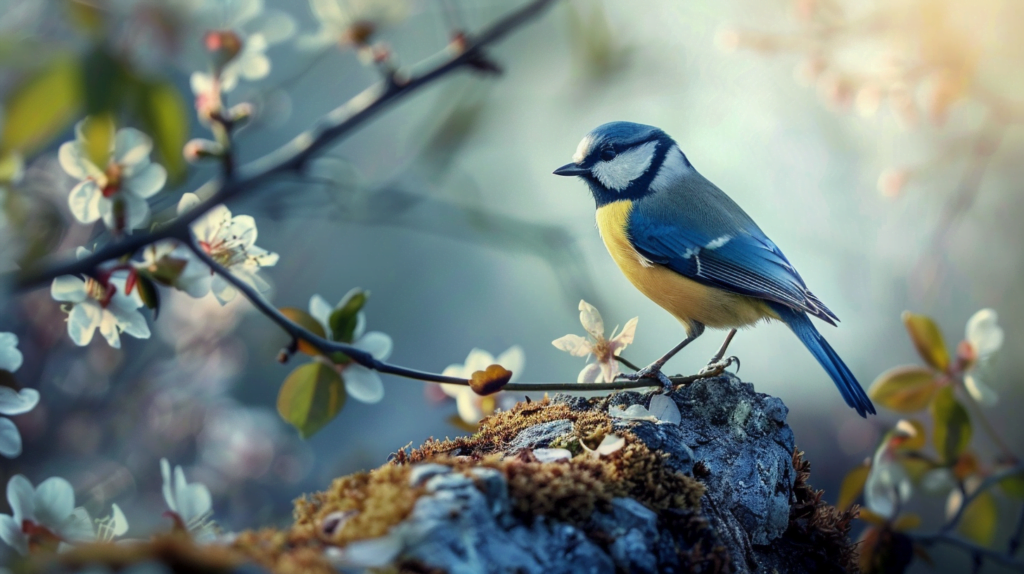
Best Bird Watching Locations Around the World
Top Bird Watching Destinations Globally
Costa Rica
Costa Rica is a birding paradise with over 900 species. The Monteverde Cloud Forest is renowned for its diverse birdlife, including the Resplendent Quetzal and various species of toucans. Tortuguero National Park offers unique boat-accessible bird watching opportunities, where you can spot water-loving birds like Anhingas and Roseate Spoonbills.
South Georgia
This remote island in the South Atlantic is home to large colonies of penguins, including King Penguins and Macaroni Penguins. The island’s rugged terrain and abundant wildlife make it a must-visit for birders.
Colca Canyon, Peru
Known for its Andean Condors, Colca Canyon offers breathtaking views and the chance to see these majestic birds soaring on thermal currents. The canyon is also home to various species of hummingbirds and other high-altitude birds.
Kruger National Park, South Africa
Kruger National Park is a birding hotspot with over 500 species. Key species include the Bateleur Eagle, Lilac-breasted Roller, and various species of kingfishers and weavers. The park’s diverse habitats, from savannas to wetlands, provide excellent birding opportunities.
Rift Valley, Kenya
The Rift Valley is famous for its large flocks of flamingos, which gather in the alkaline lakes. Other notable species include the African Fish Eagle and various species of raptors and waterfowl.
Best Bird Watching Locations in the United States
Top Bird Watching Spots in the USA
Estero Llano Grande State Park, Texas
Located in the Lower Rio Grande Valley, this park is home to over 500 species of birds, including subtropical species like the Green Jay and Altamira Oriole. The park’s wetlands and woodlands provide diverse habitats for bird watching.
Rocky Mountain National Park, Colorado
With over 280 species, Rocky Mountain National Park offers excellent birding opportunities. Key spots include Endovalley and Moraine Park, where you can see species like the Mountain Bluebird and Western Tanager.
Everglades National Park, Florida
The Everglades is a unique ecosystem that supports a wide variety of bird species, including the Roseate Spoonbill, Wood Stork, and various species of herons and egrets. The park’s wetlands and mangroves are ideal for bird watching.
Central Park, New York
Central Park is an urban birding oasis with over 235 species recorded. Key spots include The Pond and the Reservoir, where you can see loons, ducks, and egrets. The park is also home to owls, hawks, and woodpeckers.
Seasonal Bird Watching Tips
Bird Watching Throughout the Year
Spring Bird Watching
Spring is a prime time for bird watching as many species migrate north to their breeding grounds. Look for warblers, thrushes, and other songbirds. Early mornings are best for spotting these active birds.
Summer Bird Watching
Summer is the breeding season for many birds. Look for nesting behaviors and fledglings. Wetlands and forests are particularly active during this time.
Fall Bird Watching
Fall migration offers the chance to see a variety of species as they head south. Mixed flocks of warblers, sparrows, and other songbirds can be seen in thickets and along coastlines.
Winter Bird Watching
Winter birding can be rewarding, especially in coastal areas where seabirds and waterfowl gather. Look for resident species like chickadees, nuthatches, and jays in forests and backyards.
Bird Watching Ethics and Best Practices
Ethical Bird Watching Guidelines
Respecting Wildlife and Habitats
Always keep a safe distance from birds and avoid disturbing their natural behaviors. Use binoculars and spotting scopes to get a closer look without getting too close.
Responsible Bird Photography
Avoid using flash photography and be mindful of the bird’s comfort. Do not use playback tapes excessively, as they can disrupt normal avian activity patterns.
Group Bird Watching Etiquette
When birding in groups, keep noise to a minimum and follow the leader’s instructions. Share sightings quietly and avoid crowding around a single bird.
Reporting Unethical Behavior
If you witness unethical birding practices, report them to local authorities or birding organizations. Educating others about ethical birding can help protect birds and their habitats.
Bird Watching for Beginners
Getting Started with Bird Watching
How to Choose Your First Bird Watching Spot
Start with local parks and nature reserves. Look for areas with diverse habitats, such as wetlands, forests, and meadows. Accessibility and safety are also important factors to consider.
Basic Bird Identification Tips
Learn to identify birds by their size, shape, color patterns, and behaviors. Use field guides and apps to help with identification. Practice listening to bird songs and calls.
Joining Bird Watching Groups and Clubs
Joining a bird watching group can provide valuable learning opportunities and camaraderie. Local bird clubs often organize bird walks, workshops, and other events.
Advanced Bird Watching Tips
Taking Your Bird Watching to the Next Level
Using Technology in Bird Watching
Apps like eBird and Merlin Bird ID can enhance your birding experience by providing real-time data and identification tools. Digital field guides and birding websites offer extensive resources.
Participating in Bird Counts and Citizen Science
Get involved in citizen science projects like the Christmas Bird Count or Project FeederWatch. These projects help scientists track bird populations and migration patterns.
Planning Bird Watching Trips
Research your destination and plan your trip around peak birding seasons. Pack essential gear, including binoculars, field guides, and appropriate clothing. Consider hiring a local guide for expert insights.
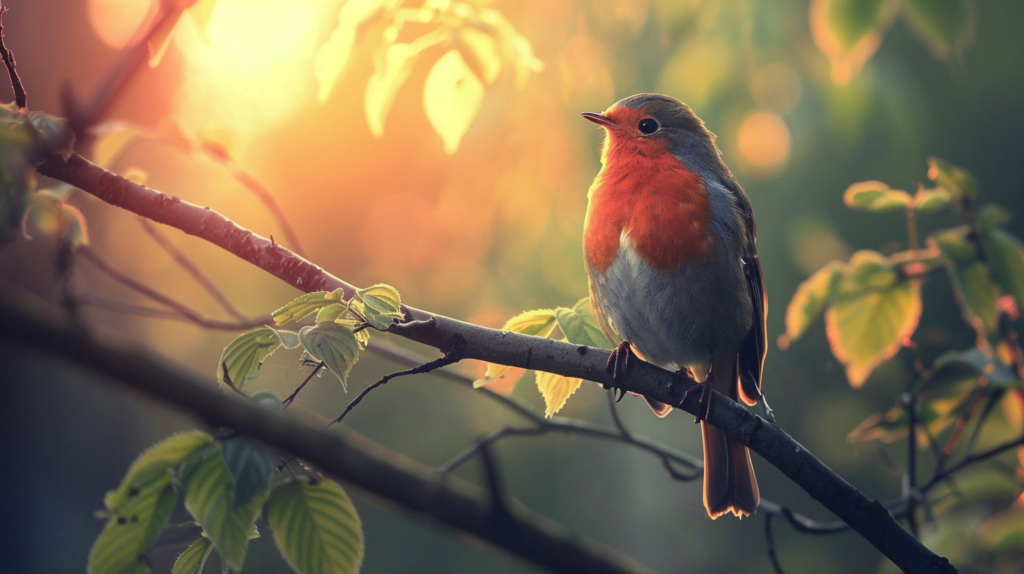
Conclusion
Embrace the Joy of Bird Watching
Bird watching is a rewarding hobby that offers endless opportunities for discovery and connection with nature. Whether you’re exploring local parks or traveling to exotic destinations, the joy of birding lies in the journey and the unexpected encounters along the way. So grab your binoculars, head outside, and start your bird watching adventure today!
Additional Resources
Useful Bird Watching Resources
- Apps: Merlin Bird ID, eBird, Audubon Bird Guide
- Field Guides: Sibley Guide to Birds, Peterson Field Guide to Birds of North America
- Organizations: Cornell Lab of Ornithology, American Birding Association, BirdLife International
FAQs
Frequently Asked Questions About Bird Watching
What is the best time of day for bird watching?
Early mornings are typically the best time for bird watching, as birds are most active and vocal.
Do I need expensive equipment to start bird watching?
No, you can start with a basic pair of binoculars and a field guide. As you gain experience, you can invest in more advanced gear.
How can I attract more birds to my backyard?
Provide food, water, and shelter. Bird feeders, bird baths, and native plants can attract a variety of bird species.
What are some common mistakes to avoid in bird watching?
Avoid making loud noises, sudden movements, and getting too close to birds. Always respect wildlife and their habitats.
By following these tips and exploring the recommended locations, you’ll be well on your way to becoming an avid bird watcher. Happy birding!
